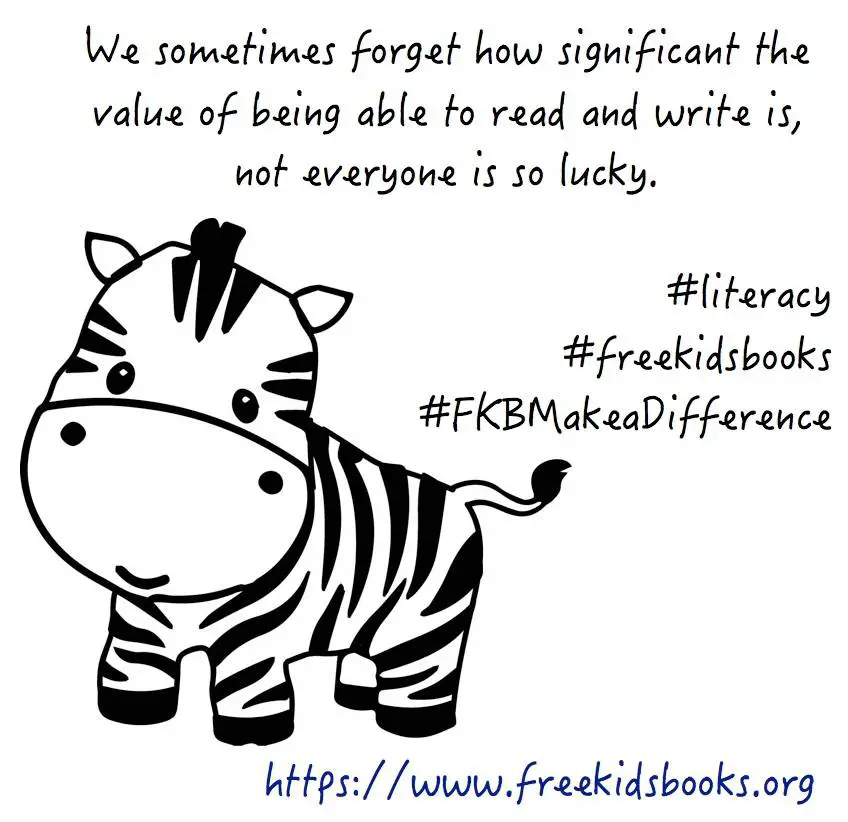The role of a parent or teacher in a child’s life is pivotal. It is crucial to strike the right balance between discipline and freedom, between academics and extracurricular activities, between conventional teaching methods and innovative learning strategies. This article aims to provide assignment help to parents and teachers, offering practical tips on creating engaging learning spaces, smart homework strategies, building effective communication, and nurturing creativity.

Creating Engaging Learning Spaces: Simple Classroom Makeover Ideas
The physical environment of a classroom can significantly affect students’ learning and academic performance. A dull and monotonous classroom could limit children’s creativity and enthusiasm for learning. Conversely, a vibrant, well-organised, and stimulating learning environment can boost children’s motivation, engagement, and productivity.
One simple classroom makeover idea is to incorporate elements of nature. Research shows that natural light, plants, and views of nature can improve students’ mood, behaviour, and academic performance. Consider rearranging the classroom layout to maximize natural light. Add some indoor plants, nature-themed posters, or a small aquarium.
Another idea is to create flexible learning spaces. Rather than fixed rows of desks, consider arranging furniture in clusters to facilitate group work, or in semi-circles for class discussions. Have a quiet corner for reading or independent work. Allow students to move furniture and create their own learning spaces, fostering autonomy and teamwork.
Smart Homework Strategies: Balancing Fun and Learning
Homework can be a contentious issue. While it is essential for reinforcing classroom learning, too much homework can cause stress and burnout. Here are some smart homework strategies to ensure that homework serves its purpose without compromising children’s well-being.
Firstly, personalize homework assignments. Not all children learn the same way. Some children may benefit more from visual materials, while others may learn better through auditory or kinesthetic activities. Tailoring homework assignments to children’s individual learning styles can make homework more enjoyable and effective.
Secondly, integrate fun elements into homework. This does not mean turning homework into pure entertainment. Instead, it means making learning fun. Use games, puzzles, experiments, or real-life applications to teach academic concepts. For example, use cooking to teach fractions, gardening to teach biology, or board games to teach strategic thinking.
Building Effective Communication: Parent-Teacher Collaboration Tips
Effective communication between parents and teachers is key to supporting children’s education. Regular, open, and constructive communication can create a strong partnership between parents and teachers, enabling them to work together to address children’s academic and behavioural issues.
Parents should take an active interest in their children’s education. Attend parent-teacher meetings, ask about their children’s progress, and discuss any concerns. Parents should also share information about any changes or issues at home that may affect their children’s learning.
Teachers should keep parents informed about their children’s achievements and challenges. Use a variety of communication methods, such as face-to-face meetings, emails, newsletters, or online portals. Be clear, concise, and respectful in communication. Encourage parents’ involvement in school activities and decision-making.
Nurturing Creativity: Innovative Teaching Approaches for Kids
Creativity is not just about arts and crafts. It is about thinking out of the box, solving problems in new ways, and expressing oneself uniquely. Nurturing creativity can enhance children’s intellectual, emotional, and social development. Here are some innovative teaching approaches to cultivate creativity.
Encourage curiosity and exploration. Don’t just provide answers, provoke questions. Use inquiry-based learning, where children investigate questions, problems, or scenarios, rather than simply memorizing facts. Encourage children to observe, hypothesize, experiment, and make connections.
Promote divergent thinking. Divergent thinking is the ability to generate multiple solutions to a problem. Encourage children to think of as many ideas as possible, without judgment or criticism. Value originality, flexibility, and elaboration. Use open-ended questions, brainstorming sessions, and creative projects.
In conclusion, educating children is not a one-size-fits-all approach. It requires creativity, flexibility, communication, and a deep understanding of each child’s needs and potential. Hopefully, these simple and smart education tips can provide some useful assignment help to parents and teachers in their noble mission of shaping the future generation.










